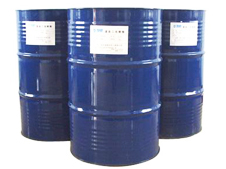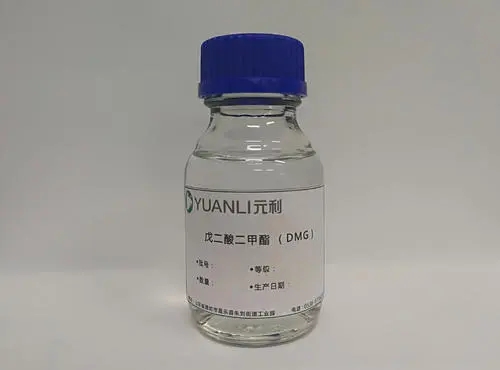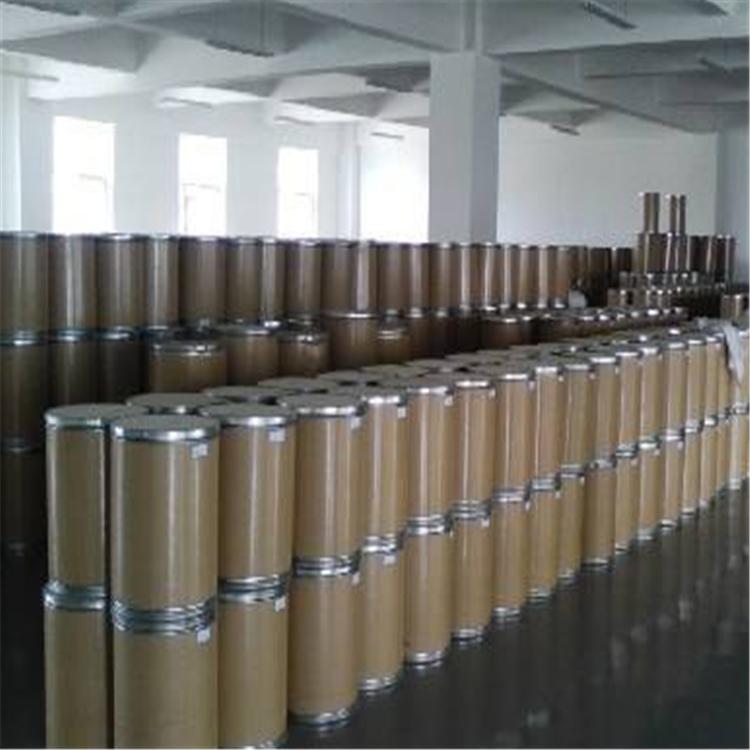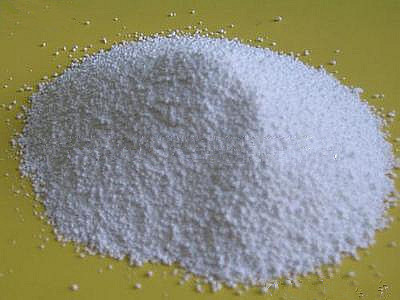CAS:1119-40-0
Molecular Formula:C7H12O4
Alias
More Information
Pentanedioic Acid, Dimethyl Ester; Dbe-5 Dibasic Ester; Dimethyl Glutarate; Dimethyl Pentanedioate; DMG
Brief Introduction
Dimethyl glutarate is widely used in automotive coatings, color steel plate coatings, can coatings, enamelled wires and household appliance coatings. At the same time, it is also an important intermediate of fine chemicals. It is used to prepare polyester resin, adhesive, synthetic fiber, membrane materials, etc.
Suppliers
View More Vendors (2) >
CAS:1119-97-7
Molecular Formula:C17H38BrN
Alias
More Information
N,N,N-Trimethyltetradecan-1-Aminium Bromide; TTAB; Alkyltrimethylammoniumbromide; Cetrimide; Ammonium,Trimethyltetradecyl-,Bromide; N,N,N-Trimethyl-1-Tetradecanaminiubromide; Tetradecyl Trimethyl Ammonium Bromide; N,N,N-Trimethyl-1-Tetradecanaminium Bromide; 1432
Brief Introduction
It is a cationic surfactant and can be used as catalyst, emulsifier, bactericide, disinfectant, antistatic agent, etc.
Suppliers
View More Vendors (2) >
CAS:112-30-1
Molecular Formula:C10H22O
Alias
More Information
1-Decanol; Decyl Alcohol; Decanol; N-Decyl Alcohol; N-Decanol; Capric Alcohol; Nonylcarbinol; Antak; Caprinic Alcohol; Royaltac; Primary Decyl Alcohol; Alfol 10; N-Decatyl Alcohol; Epal 10; Royaltac M-2; Royaltac-85; Alcohol C-10; C8-10 Alcohols; Sipol L10; 1-Hydroxydecane; Kalcohl 10H; C 10 Alcohol; Decyl, N- Alcohol; Decylic Alcohol; Alcohol C10; Unii-89V4Lx791F; Decanol-(1); Lorol C10; 2-Octylethylether
Brief Introduction
Decyl Alcohol is mainly used to make artificial rose oil, orange blossom and Acacia flavour. It is also used to make lubricant additives, plasticizers, adhesives and so on.
Suppliers
View More Vendors (2) >
CAS:112-53-8
Molecular Formula:C12H26O
Alias
More Information
Dodecyl Alcohol; Lauryl Alcohol; Alcohol C12,Dodecyl Alcohol,Lauryl Alcohol; 1-Dodecanol; Dodecanol
Brief Introduction
It is used to manufacture high-efficiency detergents, surfactants, foaming agents, hair creamers, milk selectors, textile oils, fungicides, cosmetics, plasticizers, plant growth regulators, lubricating oil additives and other special chemicals. It is widely used in light industry, chemical industry, metallurgy, medicine and other industrial products. Twelve alcohol has the fragrance of moonlight and violet. It can be used in rose, violet and Lily Narcissus flavor. Chemically stable, it is safe for soap flavors.
Suppliers
View More Vendors (2) >
CAS:112828-00-9
Molecular Formula:C27H40O3
Alias
More Information
(1R,3S,5Z)-5-[(2E)-2-[1-[(E,2R,5R)-5-Cyclopropyl-5-Hydroxypent-3-En-2-Yl]-7A-Methyl-2,3,3A,5,6,7-Hexahydro-1H-Inden-4-Ylidene]Ethylidene]-4-Methylidenecyclohexane-1,3-Diol; Calcipotriol; 24-Cyclopropyl-(1Alpha,3Beta,5Z,7E,22E,24S)-9,10-Secochola-5,7,10(19),22-Tetraene-1,3,24-Triol; (1S,3S,5Z)-5-[(2E)-2-[(1R,3Ar,7Ar)-1-[(E,2S)-5-Cyclopropyl-5-Hydroxy-Pent-3-En-2-Yl]-7A-Methyl-2,3,3A,5,6,7-Hexahydro-1H-Inden-4-Ylidene]Ethylidene]-4-Methylidene-Cyclohexane-1,3-Diol
Brief Introduction
Calcipotriol is a derivative of vitamin D, which combines with VD3 receptor on the cell surface and regulates the synthesis of DNA and keratin in cells. It can inhibit the excessive proliferation and induce the differentiation of skin cells (keratinocytes), so as to correct the abnormal proliferation and differentiation of psoriasis skin cells. At the same time, it can regulate the release of inflammatory factors, inhibit inflammatory infiltration and proliferation, and play an anti-inflammatory role. It has better therapeutic effect on psoriasis of scalp and other special parts.
Suppliers
View More Vendors (2) >
Inquiry (
10
/ 10
)
Clear All
Sign In
Error!






